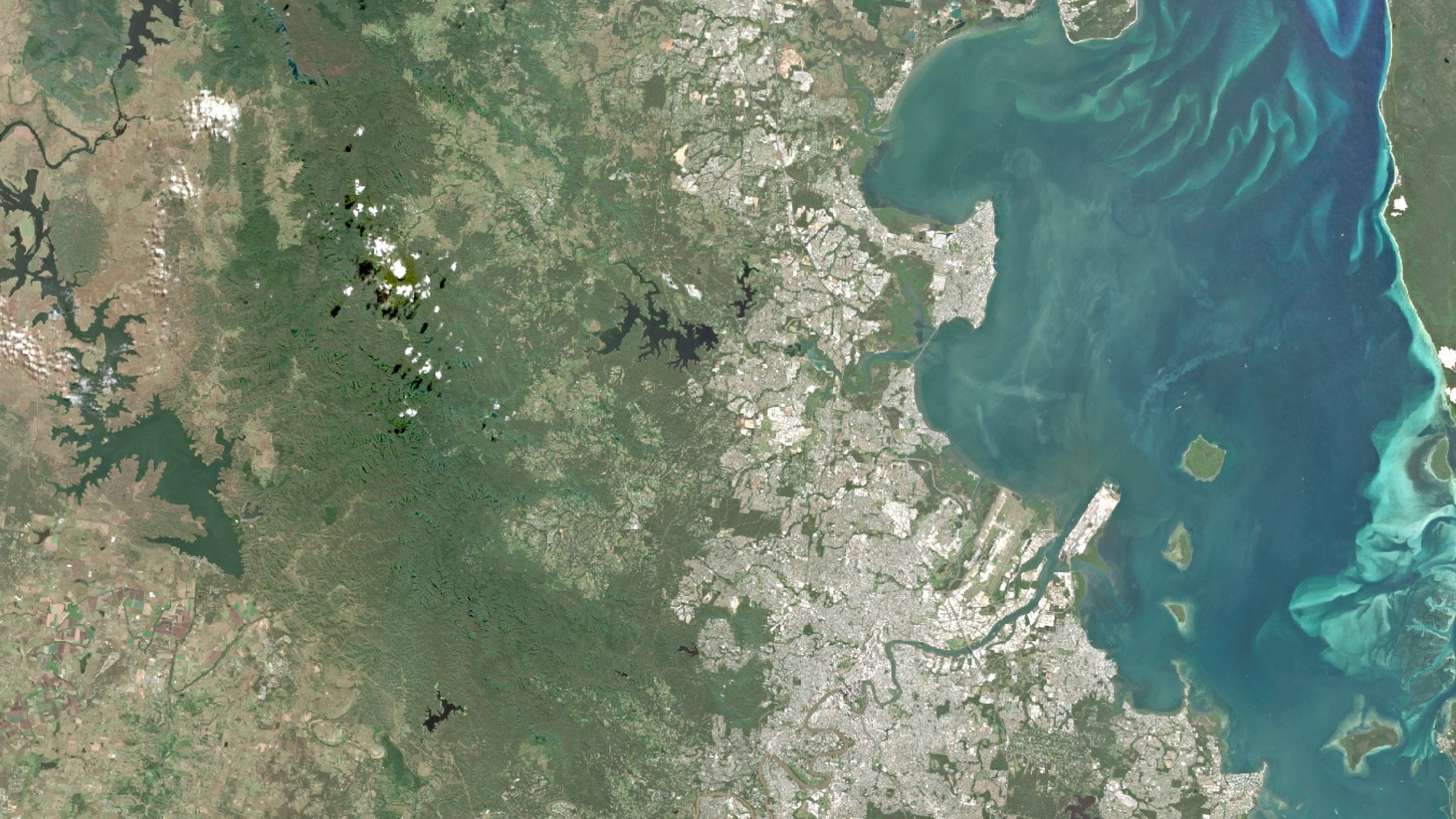
Fieldwork. Science. Management. Education. Communities. Knowledge.
At the Earth Observation Research Centre (EORC) we use remotely sensed data, field-work and spatial models to measure, map and monitor biophysical properties in terrestrial, atmospheric and aquatic environments to better understand and manage the Earth’s environments and resources.
Our research provides private and public sector organisations with knowledge and techniques for transforming satellite and airborne images with field survey and local knowledge, into meaningful maps or information, from one or many points in time. These results are used to better understand where, how and why environments are changing, and to separate natural changes from those produced by humans.
Our work and collaborations span all of the earth’s environments, from the atmosphere to vegetation, soils, landforms, rivers, lakes, coasts and oceans.
We also teach remote sensing or “earth-observation-sciences” through a range of undergraduate, postgraduate and directed research higher degrees. Our undergraduate and postgraduate courses provide foundation knowledge and skills in image acquisition and analysis as part of geo-spatial information programs in Degrees for Science, Arts, and Environmental Science and Management. Our research degree programs provide industry/government/community-linked topics and experiences at the leading edge of earth observation sciences from local to global scales.
Header image: Sentinel Hub/European Space Agency: Data from Sentinel 2, blue/green/red, 14 May 2024, south-east Queensland/Wakka Wakka/Turrbal/Quandamooka countries.
Why study with us?
At the EORC we foster a collaborative and supportive research environment to ensure the academic success of our students.
We work to develop your knowledge, technical and practical experience and help you to engage with professional networks in all areas of Earth observation.
By studying with us, you will take advantage of our close links with state and commonwealth government agencies, industry, space agencies and international environmental science and monitoring programs.
